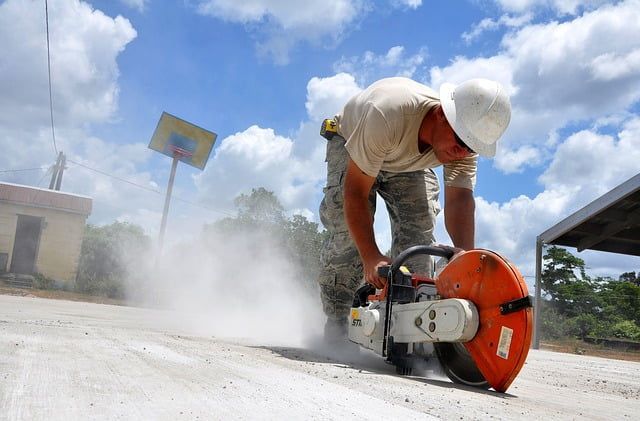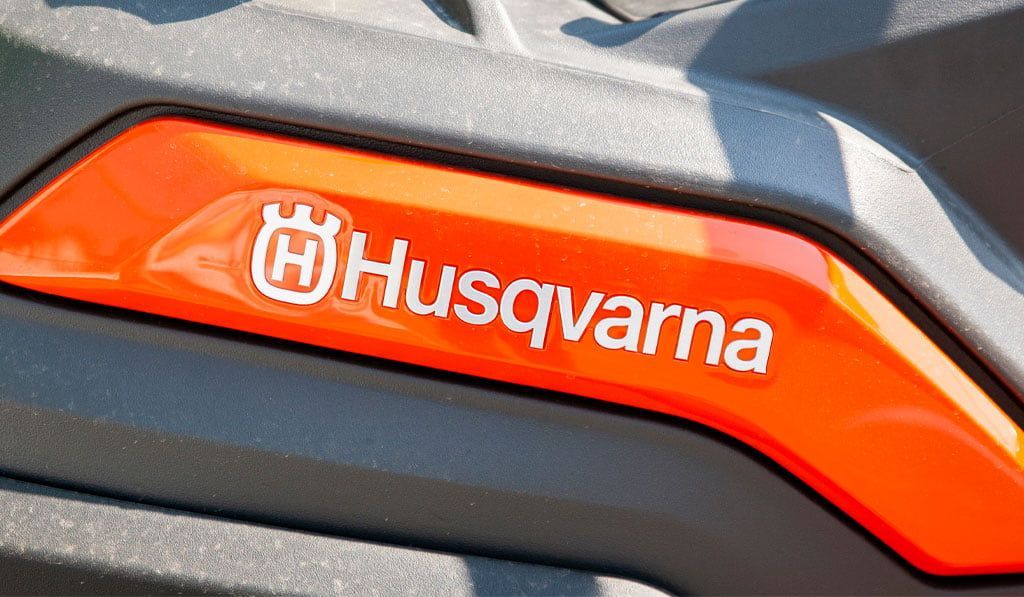Concrete Diamond Grinding: Pavement Restoration at its Best
Share this article:
Replacing a concrete driveway because it has faults, or a rough surface, can prove highly expensive. Diamond grinding concrete is the answer to such problems. This technique is often used with other concrete preservation techniques and is indispensable to concrete repair companies.
Diamond grinding tackles numerous problems that arise overtime to concrete surfaces. Nature and use-over-time often challenge the concrete by affecting its surface, or compromising its structural integrity. Faults, cracks, bumps, ruts, and even fissures begin to appear. Concrete smoothness is also a problem, and though very important, receives less attention than other surface irregularities.
Diamond grinding is popular and successful because of the way it works. “Diamond grinding involves removing a thin layer (4-6 mm) at the surface of hardened cement concrete by using closely spaced diamond saw blades. The blade assembly cuts tiny grooves in the pavement surface, providing texture as it smooths down surface irregularities,” as described by the Grooving and Grinding Association.

Sidewalks provide good example of faults in concrete. Faults usually occur at transverse joints where two slabs come together. One rises above the other, creating a possible hazard, while inviting a possible lawsuit. Diamond grinding levels the two surfaces, but it adds the advantages provided by friction, while also improving the surface. As a result, the procedure creates a better walking environment.
On roadways, faults and other surface irregularities appear overtime. Continued impact with car tires and weathering challenge the surface. In a special report released by Concrete Pavement Technology and Research , “Increased roughness due to faulting, settlement and wheel-path rutting due to studded tires,” served as the prime contributors to surface deterioration.
Diamond grinding on roadways and other concrete structures is that it militates against hydroplaning by smaller vehicles. The grooved surface left after grinding provides a dual function. The grooves enhance friction and facilitate channeling water away. Increased safety is the result, in addition to providing drivers with a smoother ride. Some insist that under certain conditions, the roadway is better after diamond grinding, than a brand new surface.
Most studies confirm that the technique does not harm the concrete’s structure. Employing this method to smooth out ruts, faults, and dips, serves to evenly distribute the load across the road’s surface as the vehicles move down the roadway. This puts less stress on the surface, promising fewer repairs, while extending its life.
Deciding to repair raises the common question of how long will it last, which is also a cost factor. Pavement grinding repairs tend to last longer. Calculations indicate that the process substantially prolongs the life of cement, asphalt roadways, driveways, gutters, far beyond their expected life, without subtracting from the surface’s integrity or underlying structure.
Contact Cobra Concrete Cutting for any questions concerning the uses, benefits, and advantages of diamond grinding.
Check us out on:



